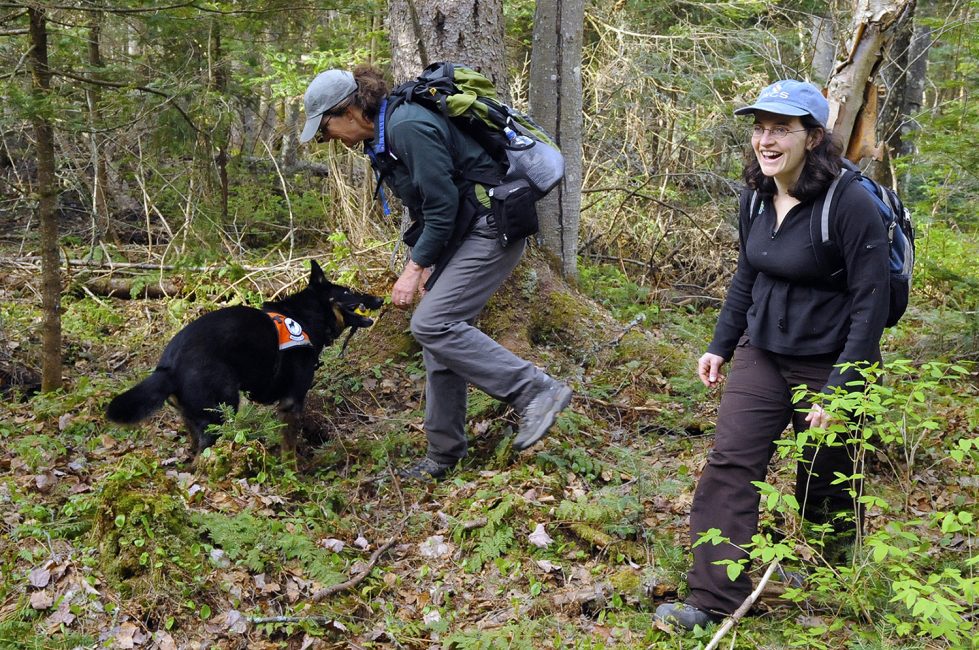
March 27, 2021
Social Scientist Heidi Kretser: It Takes Dedication
- as seen by -
 Julie Larsen
Julie Larsen
Being a social scientist can mean many things including writing for scientific journals, traipsing with landowners on their property, working with the military – and collecting moose scat. Heidi Kretser (above, right) is a top conservation social scientist working for the Wildlife Conservation Society since 1998. She has done all that and more. I asked Heidi to share some insight on her position.
JLM: Define your role as a conservation social scientist. What is a social scientist?
HK: A conservation social scientist draws from the many fields of social science and applies those concepts and approaches to the conservation challenges we face today. Such as using social psychology to understand motivations for illegal hunting, or human geography to examine land-use in the context of conservation. Between my post at the WCS and my work as adjunct faculty at Cornell University, the most gratifying part of my career is applying a broader social science lens to address local conservation challenges, scaling up successful local projects for wider impact, and in my current role supporting field teams across the globe in these endeavors to achieve improved conservation outcomes.
JLM: What led you to this career? Who inspires you?
HK: Having grown up in the Adirondack Park, a 6-million acre mosaic of public and private land, I understood from a young age the tension among those wanting to protect more and those wanting economic development. I saw the two as intertwined, with a healthy environment leading to improved livelihoods and well-being. My parents provided the inspiration for my work – they always had me outside, my dad especially, by taking me on endless bushwhacking adventures in search of brook trout. Just out of high school, I worked on the acid rain project that he started in the Adirondacks. I gained further experience in the field through inspirational research and fieldwork in Nepal and later participated in study groups and collaborative conservation programs in Italy, Venezuela, and Arctic Alaska. Serendipity brought me to WCS, that’s another story!
JLM: We’ve worked together on a number of interesting projects. Does anything funny or unusual stand out in your mind?
HK: In 2008, we invited Working Dogs for Conservation (above, left, Alice Whitelaw of WD4C) to test whether dogs could find moose scat in the Adirondacks as part of a larger effort to determine the population and learn about how people might react to more or less moose in the region. It turned out to be wildly successful. We had to tell the story. While waiting several years for funding to come through for analysis and publication, a freezer full of moose scat lived in our field office. Occasionally power outages tripped the circuit for that freezer, and we wouldn’t know until the office succumbed to the stench that we had to face saving drippy half-frozen bags of scat. Fragrant smells aside, we eventually analyzed the scats, and I might just be the first woman conservation social scientist to publish a predominantly genetics paper in the journal Alces, which is exclusively dedicated to moose.
JLM: You’re a great writer. Why is writing important for conservation? What are some of your published works?
HK: I’m well-published in journals and collaborations on book chapters, and my work has been featured in the New York Times, the Wall Street Journal, National Public Radio, and a variety of regional media outlets. I’m thankful for that, but it’s not the finish line. Once the work and your credentials are out there, it’s imperative to follow it into the decision-making space to ensure the actions you recommend from your research actually come to fruition.
JLM: What advice do you have for women interested in a career in your field?
HK: For women entering the field today, build your skill sets, especially communication and facilitation; be grounded in conservation science and practice; gain diverse experiences in the field; learn from experiences that didn’t go according to plan, and when it comes time to shine remember the salient words of Winnie the Pooh, “You’re braver than you believe and stronger than you seem and smarter than you think.”
EDITOR’S NOTE: To celebrate Women’s History Month, Wild View is featuring posts by and about women and their contributions to science and conservation throughout March.
Nikon
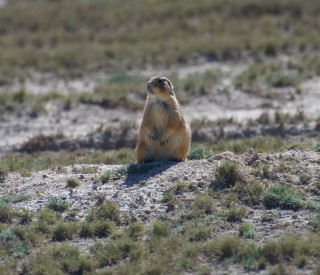
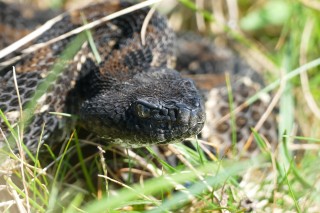
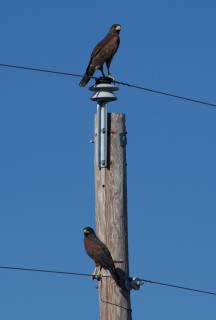
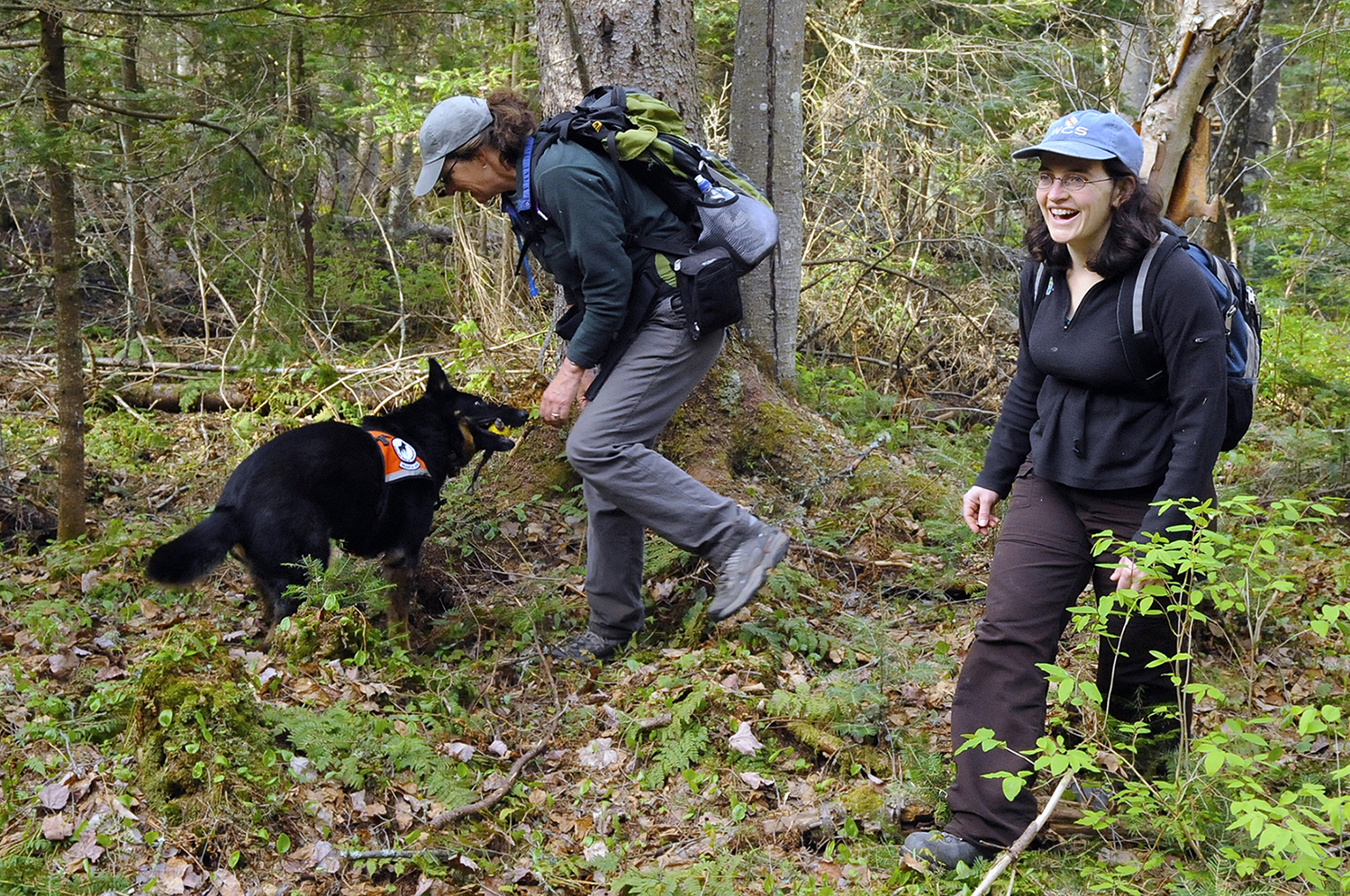
Leave a Comment